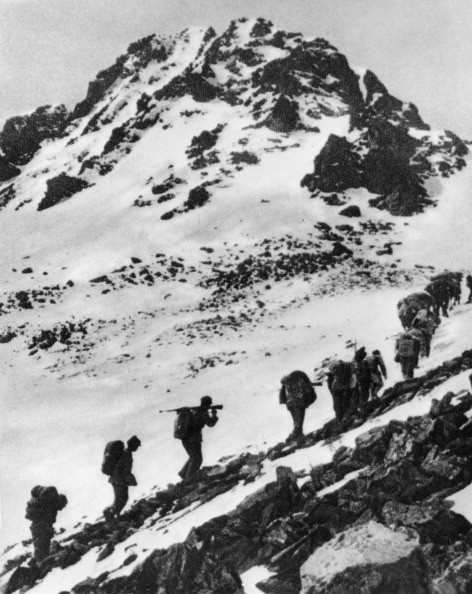Tourism on the route of the Long March, an epic trek crucial to the victory of the Communist Party of China, has continually boomed for the past years as the military maneuver reaches its 80th anniversary of its end this Saturday, the Global Times reported.
A proof of the rise on this aspect of China's tourism is the number of people who visit and tour along the Long March routes for various purposes.
Book editor Zhou Jun shared that for the past ten years, he has been inspecting and walking through the trek's areas.
"I'm not trying to reenact the Long March because we can't compare ourselves to the Red Army. I'm exploring those landscapes in person and trying to formulate ideas on how the events actually went," Zhou told the Global Times in an interview.
The daring march was participated in by different division of the Red Army, traversing thousands upon thousands of kilometers from October 1934 to October 1936. Throughout the Long March, several soldiers starved and froze to death because of inadequate resources and shelter.
On Friday, Chinese President Xi Jinping delivered a speech to remember the patriotism embodied by the important military event.
Meanwhile, an official from the State Administration of Cultural Heritage shared with People's Daily that "by establishing Long March-themed museums and memorials along the route of the Red Army's expedition, such as the Zunyi Conference site in Southwest China's Guizhou Province, China is trying to produce good social benefits."
According to the administration, over 2,100 sites and landmarks across the country are associated with the Long March. It covers 15 provinces including Fuji, Shaanxi and Guangdong.
The People's Daily reported that the government gave a fund worth 680 million yuan for a special protection plan for the cultural sites linked with the Long March.



























